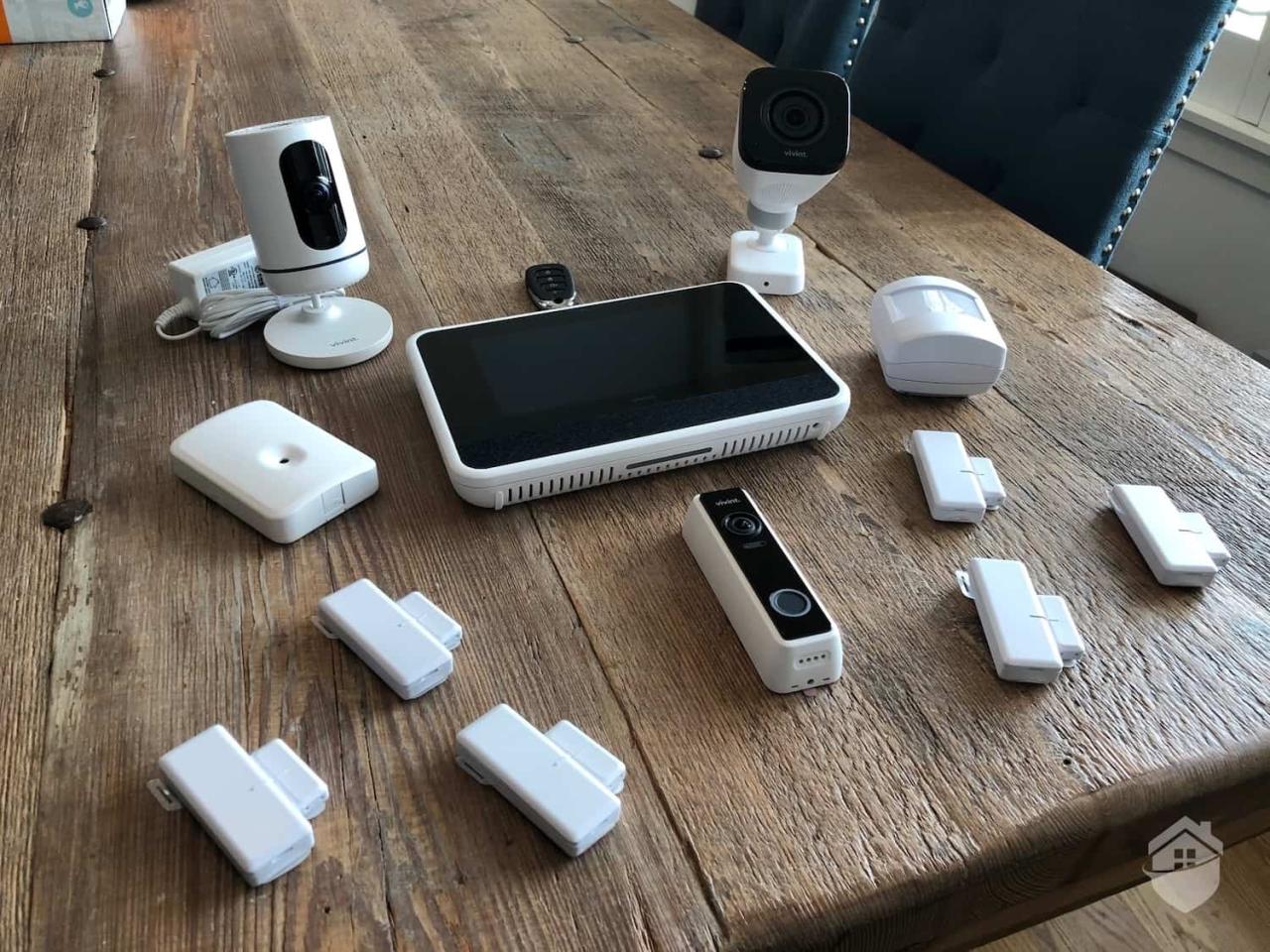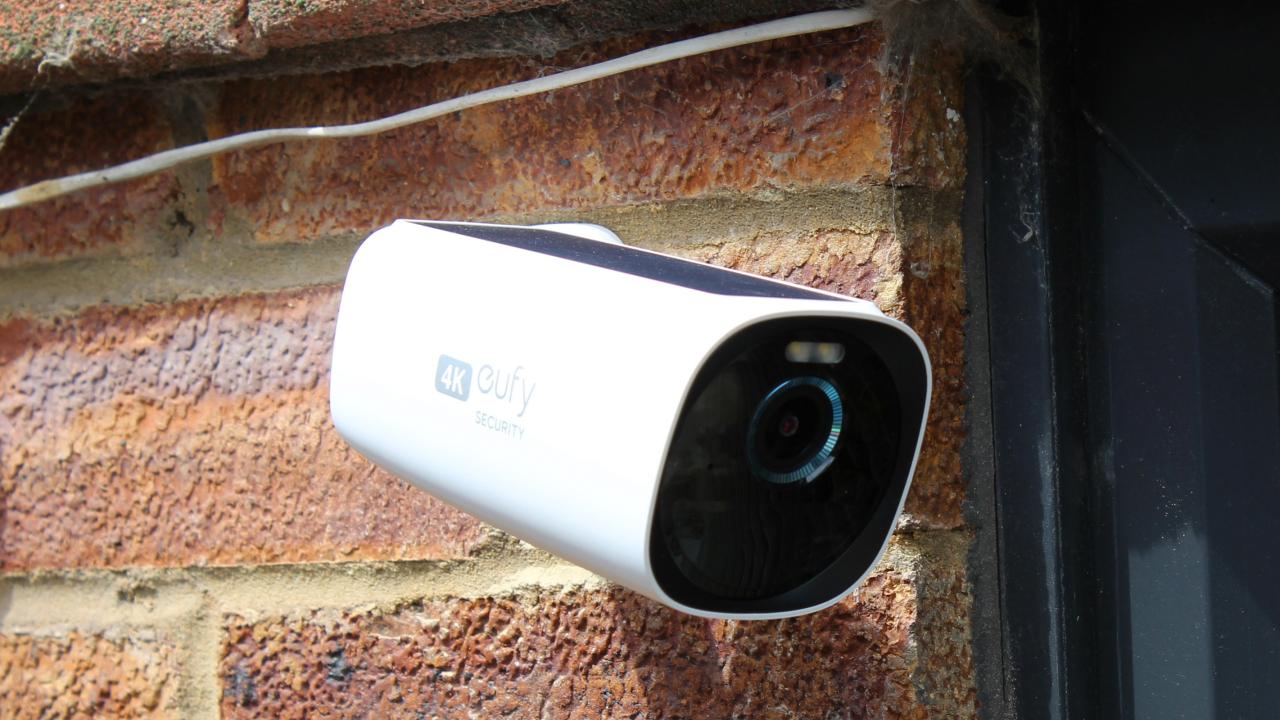The Fortress of Tomorrow: Securing the Connected Dwelling
The modern dwelling has seamlessly transformed into a deeply interconnected ecosystem, moving far beyond simple automation to become an intelligent hub that manages everything from climate control to grocery shopping. Our digital lifestyle is now inextricably linked to the performance and, more importantly, the security of our smart homes, which are essentially a collection of networked computers disguised as thermostats, doorbells, and entertainment systems.
While the convenience of voice-activated locks and remote-controlled surveillance is undeniable, this sophisticated integration introduces an entire new surface area for digital attack, making the old concerns of physical intrusion pale in comparison to the risks of a system breach. A compromised smart home is no longer just a privacy violation; it poses a serious threat to personal safety, financial data, and even the emotional sanctity of one’s private space, turning a sanctuary into a potential digital liability.
This profound shift requires every homeowner to evolve from being a passive resident into an active digital security manager, understanding that the front door’s lock is now only one small part of the perimeter defense. We must actively seek out and implement advanced, yet user-friendly, security protocols to ensure that our Smart Home Security Hacks are proactive measures of defense, not desperate responses to a crisis. This comprehensive approach to digital defense is the cornerstone of a safe and functional connected life in 2025.
The Network Perimeter: Fortifying the Digital Gateway

The first and most critical line of defense for any smart home is the network itself, acting as the primary barrier against external threats.
A. Advanced Router and Firewall Configuration
A. The simple Wi-Fi router provided by your internet service provider is often the weakest link and the easiest entry point for digital intruders.
B. Upgrading to a high-end router with built-in, dedicated security and advanced firewall features is the foundational step in hardening your home network.
C. These advanced routers allow for network segmentation, isolating vulnerable smart devices like cameras and smart speakers onto a separate, “Guest” or IoT network that cannot access your primary financial computers.
D. Implementing a robust firewall with Intrusion Detection and Prevention Systems (IDPS) proactively blocks malicious traffic based on behavioral analysis, not just known threats.
B. Strong, Unique Credentials and Multi-Factor Authentication
A. Using the default username and password for any device, no matter how small, is the fastest way to invite a security breach.
B. Every smart device, router, and cloud service must utilize a strong, unique password that is not reused across multiple platforms, preferably managed by a secure password manager.
C. Multi-Factor Authentication (MFA) must be enabled on every single account that supports it, particularly for access to cameras, locks, and financial systems.
D. This layered defense means that even if a password is stolen, the attacker cannot gain entry without the secondary, time-sensitive code, significantly frustrating unauthorized access.
C. Virtual Private Network (VPN) Integration
A. While often associated with general web browsing, integrating a VPN at the router level adds a layer of encryption for all outgoing smart home traffic.
B. This practice cloaks your smart home’s data from potential eavesdroppers and prevents network service providers from monitoring or profiling your connected device activity.
C. A VPN is particularly vital when accessing your smart home remotely, ensuring that the connection between your phone and your home server remains private and impervious to interception.
Device Integrity: Hardening the Internet of Things (IoT)

The sheer volume of diverse IoT devices introduces varying levels of security risk, making consistent maintenance paramount.
A. Strict Software Update Protocols
A. Unpatched software is the single greatest vulnerability in most smart home devices, providing an open door for exploits that vendors have already identified and fixed.
B. Establishing a strict protocol for immediate software and firmware updates across all devices is non-negotiable for maintaining digital defense.
C. Users should actively check vendor websites for updates rather than relying solely on automated notifications, which can sometimes be delayed or missed.
B. Physical and Digital Separation of Critical Devices
A. High-risk devices, particularly those handling video feeds, audio, or door locks, should be physically and digitally isolated as much as possible.
B. Consider using a dedicated, local storage solution for sensitive video recordings rather than relying solely on less secure, third-party cloud services.
C. The principle of “least privilege” should be applied, ensuring that a smart bulb, for example, is not granted unnecessary network permissions to communicate with your primary banking computer.
C. Disabling Unnecessary Services and Features
A. Many smart devices come pre-configured with features like UPnP (Universal Plug and Play) or remote administration protocols that are often unnecessary and highly exploitable.
B. Reviewing the device’s administrative settings and disabling all unnecessary services reduces the potential attack surface.
C. If a camera feature like remote audio monitoring isn’t used, turning it off eliminates a potential listening post for a malicious actor.
The AI Advantage: Proactive and Behavioral Security
The next generation of smart home security is moving beyond simple password protection to utilize AI for complex behavioral analysis and predictive defense.
A. AI-Driven Anomaly Detection
A. Advanced smart security systems now use AI to learn the “normal” behavioral patterns of your home’s network traffic and device usage.
B. This includes knowing when the front door usually unlocks, which IP addresses connect regularly, and the typical data consumption of the thermostat.
C. The AI flags any anomaly detection, such as a massive data upload from a smart plug at 3 AM or an unexpected login attempt from a new geographic location.
D. This proactive, behavioral security acts as an AI Life Balance Revolution feature, automatically managing threats so users don’t have to constantly monitor logs.
B. Biometric Access Control and Verification
A. Replacing traditional keypads with biometric access control—such as high-fidelity facial recognition or fingerprint scanners—significantly elevates physical security.
B. These systems, when properly encrypted, offer a higher level of assurance than a four-digit PIN that can be easily observed or guessed.
C. Furthermore, continuous, passive biometric monitoring can be integrated to verify a user’s identity after they have entered the home, ensuring a recognized profile remains present.
C. Automated Digital Detox Protocols
A. In a direct response to Wellness Tech Overload Survival concerns, some security systems integrate timed digital detox protocols.
B. These functions automatically cut off internet access to non-essential devices like social media hubs or streaming sticks during designated family or sleep times.
C. This not only promotes Screen Time Better Quality and mental well-being but also reduces the home’s active digital footprint during vulnerable, inactive hours.
Financial and Data Protection in the Connected Home
The ultimate value of securing the smart home often lies in the financial and personal data it protects, making specific protective measures essential.
A. Cyber Insurance Must Have: A Financial Shield
A. Given the high stakes of a digital intrusion—including potential ransomware attacks, identity theft, and fraudulent financial transactions—Cyber Insurance Must Have has become a household necessity.
B. These policies are specifically tailored to cover financial losses, legal costs, and recovery expenses related to smart home hacks and data breaches.
C. This is an indispensable financial product, treating the digital contents and security of your home as seriously as the physical structure itself.
B. Protecting Personal Data Value Increase
A. Every interaction within a smart home, from voice commands to energy usage, generates valuable data that is often collected by device manufacturers.
B. Homeowners must understand the Personal Data Value Increase inherent in this data and aggressively utilize privacy settings to limit data collection and sharing.
C. Opting out of data monetization programs and only choosing vendors with transparent, consumer-friendly privacy policies is a vital defense strategy.
C. Secured Smart Payment and Banking
A. Smart refrigerators and AI assistants are increasingly used to place orders and manage financial transactions, integrating Automated Investing Personal Finance insights with daily spending.
B. It is crucial to use dedicated, virtual payment cards with limited balances for these devices, never linking them directly to primary bank accounts or high-limit credit cards.
C. This minimizes the financial exposure should the device or its third-party service ever be compromised by an external attack.
Future-Proofing: Embracing Decentralization and Open Standards
Looking forward, the highest level of security will come not just from firewalls, but from the decentralized architecture and open collaboration.
A. Blockchain Identity Protection for Devices
A. The next evolutionary step involves using Blockchain Identity Protection to assign immutable, decentralized IDs to every single smart device.
B. This eliminates reliance on centralized servers for device authentication, making it incredibly difficult for an attacker to spoof a device or take control of the system remotely.
C. Every device’s history and permissions are transparently logged on a distributed ledger, providing an unparalleled audit trail and integrity check.
B. Open-Source Security Solutions
A. Moving away from proprietary, “black-box” systems towards open-source security platforms allows a global community of experts to audit the code for vulnerabilities.
B. This collaborative scrutiny often leads to faster identification and patching of weaknesses than relying on a single corporate security team.
C. The principle of Internet Connectivity Divide highlights that globally applicable, inexpensive, and auditable security is the most robust and trustworthy.
C. E-Sport Pro Career Guide to Cyber Defense
A. The high-stakes world of competitive gaming and E-Sport Pro Career Guide models provides a constant stream of skilled, rapid-response network security talent.
B. Many of the rapid-fire decision-making and network analysis skills developed in e-sports are directly applicable to diagnosing and mitigating real-time cyber threats.
C. We are increasingly seeing security firms recruiting from this pool, recognizing the value of highly trained minds accustomed to high-pressure, low-latency digital environments.
Conclusion
The mastery of Smart Home Security Hacks is the ultimate prerequisite for enjoying the conveniences of the modern digital world. This is not a one-time setup; it is a continuous process of vigilance, adaptation, and intentional design. Strong security allows the smart home to fulfill its promise as a sanctuary, free from digital worry and intrusion.
Homeowners must now view themselves as active participants in the defense of their digital fortress, using powerful tools like AI and encryption as essential allies. The future of the connected life is not about having the most gadgets, but about having the most secure and well-managed ecosystem.
Security provides the quiet background necessary for genuine comfort and peace of mind. Investing in robust cyber defense is an investment in personal well-being and financial stability. The true smart home is one where the technology works silently and securely in the service of its residents. The fortress of tomorrow is built with vigilance, strong passwords, and smart software.











